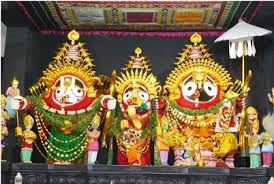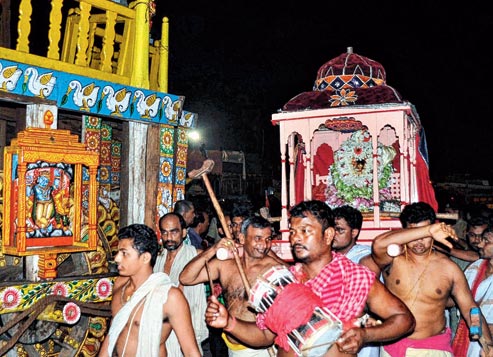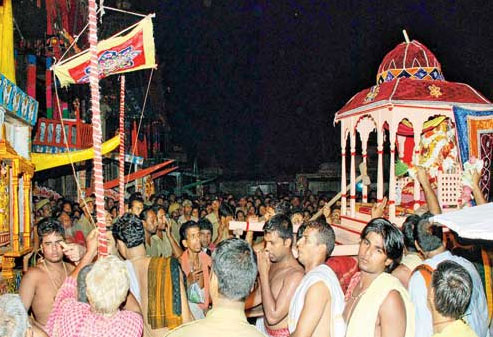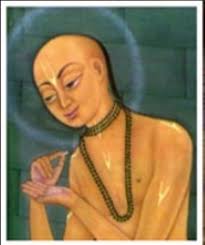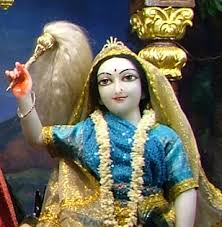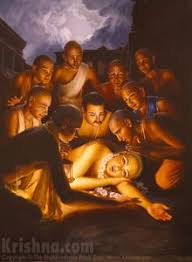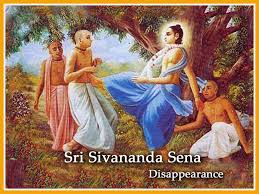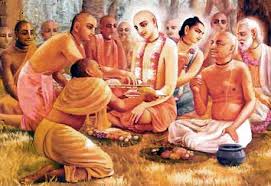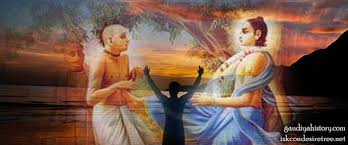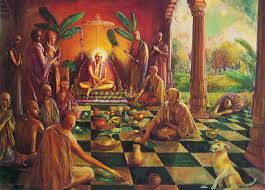Hare Krishna!
Please accept our humble obeisances!
All glories to Srila Prabhupada!
All glories to Sri Guru and Sri Gauranga!
Date: 28th June 2020
Day: Sunday
Time: 11 am to 12 noon
Topic: "Cleaning the temple of the heart" - Final part
Speaker: HG Rohinipriya das
Link to join the class from your desktop or laptop:
https://us02web.zoom.us/j/9150790510?pwd=Wk5GYXVRMkJmdk84MzZJRXBKYUgwUT09
HG Rohinipriya das
His Grace Rohinipriya Prabhu is a BACHELOR in MEDICINE & a BACHELOR in SURGERY (M.B.B.S) from BYRAMJEE JEEJEEBHOY GOVERNMENT MEDICAL COLLEGE AND SASSOON GENERAL HOSPITALS (B.J.M.C), PUNE, INDIA. In the early 90s, he came in contact with ISKCON and consequently, joined the ISKCON Pune temple as a fulltime brahmacari. In 1995, he moved to ISKCON Chowpatty, Mumbai, India. He served as the Director of ISKCON YOUTH FORUM (IYF), ISKCON Chowpatty for many years. Then, he served as a Temple Management Committee(TMC) Member at ISKCON Chowpatty. He also served as a Member of the Committee for Spiritual Vision(CSV) at ISKCON Chowpatty. From 1996, he started travelling to Aurangabad, Maharashtra, India, in addition to his services in Mumbai. He fills the lives of people with the joy of Krishna Consciousness, by his practical, mesmerising, scriptural discourses. He also counsels & guides many people, specially, the youth. He currently serves as the General Manager at ISKCON Aurangabad, Maharashtra, India. Under his able guidance ISKCON Aurangabad is a dynamic and flourishing offering & tribute to Srila Prabhupada’s legacy and glory.
He visits North America regularly, especially, the USA & Canada and shares the message of the Bhagavad Gita & the Srimad Bhagavatam. He, also, travels worldwide for serving the people of all denominations. He has been actively distributing the message of the Bhagavad Gita to 1000s of Engineering & Medical students and other professionals all over India. He is an inspiration to many professionals & youth all over the world. He presents the teachings of the Bhagavad Gita & the Shrimad Bhagavatam in a very attractive, eloquent and practical manner.
ISKCON Scarborough
3500 McNicoll Avenue, Unit #3,
Scarborough, Ontario,
Canada, M1V4C7
Website: www.iskconscarborough.org
Email:
iskconscarborough@hotmail.com
scarboroughiskcon@gmail.com

